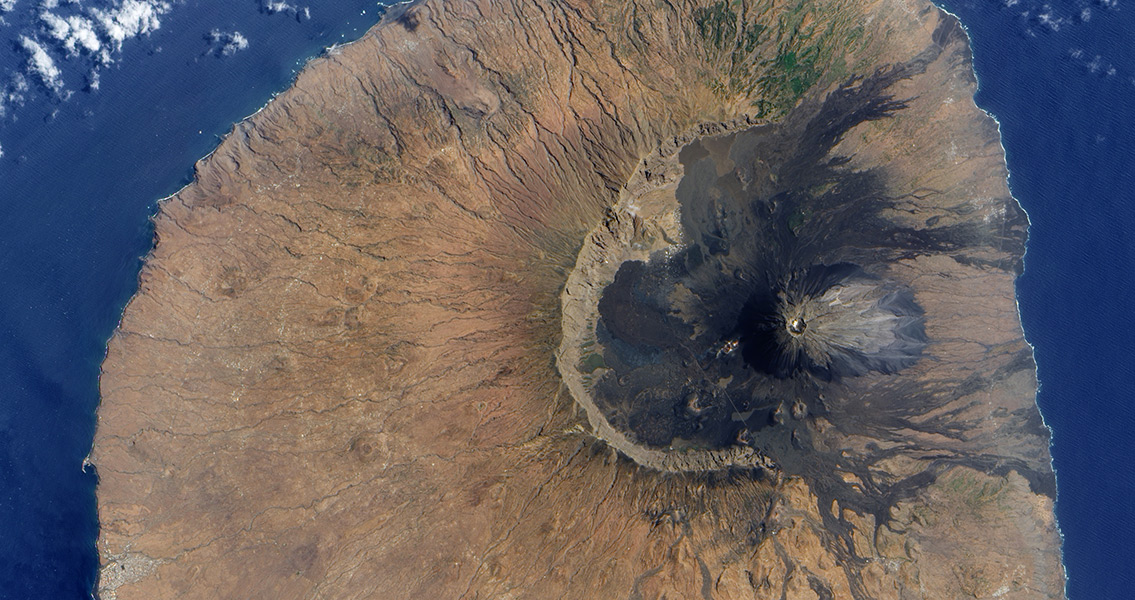<![CDATA[An ocean tsunami triggered by a sudden volcanic collapse off the coast of western Africa more than 70,000 years in the past could happen again, according to a new research study on the subject. The volcanic collapse in the Cape Verde Islands, which occurred 73,000 years ago, triggered a tidal wave 800 feet high, according to scientists investigating the evidence left over by the ancient tsunami. The wave hit with such force that it completely engulfed an island in excess of 30 miles from the origination point, said Ricardo Ramalho, the lead author of the study and a postdoctoral associate at the Lamont-Doherty Earth Observatory of Columbia University. These triggering volcanic events, which Ramalho referred to as “flank collapses”, are capable of happening both catastrophically and extremely fast. While the scientist was quick to say that such events are unlikely to happen with any regularity, it’s important to recognize the potential danger of such a rare volcanic feature. Today, the site of the island that was blasted by the ancient tsunami – Santiago Island – has a population of around 250,000. The volcano that could possibly threaten Santiago Island’s existence is Fogo, one of the most active and most impressively large island volcanoes, towering 9,300 feet above sea level. Fogo erupts approximately every two decades. The new study isn’t without its detractors, as several scientists are doubtful whether such large volcanoes could suffer such a sudden collapse as detailed in the research. Tsunamis have been generated by flank collapses in the past in regions such as Japan and Alaska, but these volcanoes were much smaller. Larger volcanoes, in comparison, would suffer flank collapses more gradually. These events would create a larger number of smaller tidal waves instead, according to competing scientific theories. Still, even “small” tsunamis would do catastrophic damage today. A French study from 2011 examined the Fogo flank collapse, determining that the event would have caused smaller tidal waves that would have topped out at “only” 45 feet – a far cry from the 800 foot claim of the study written by Ramalho - but still enough to destroy coastal infrastructure and lead to massive casualties. The most recent study took shape when Ramalho and his colleagues, working on Santiago Island, came across highly irregular boulders that seemed to have been flung as far as 2,000 feet into the interior of the island and at a height of as much as 650 feet above sea level – and they were completely different from the geology of the interior of the island. Instead, they matched the types of marine rocks dotting the shore of Santiago Island. This led the scientists to believe that they could have only been the result of a massive tidal wave wrenching the boulders from the shoreline and tossing them to the interior of the island. For more information: www.advances.sciencemag.org Image courtesy of Wikimedia Commons user: Jesse Allen]]>
Ancient, Massive Tsunami Portends Future One?
